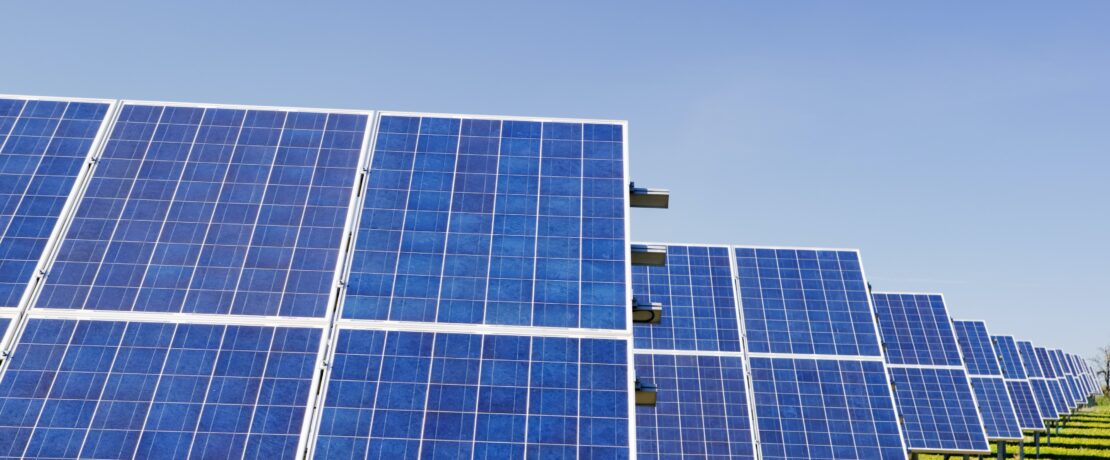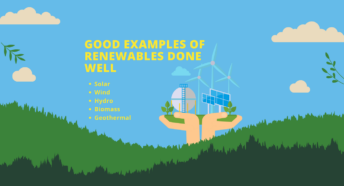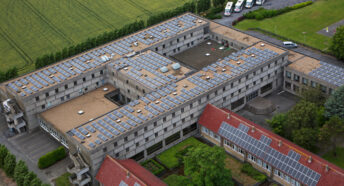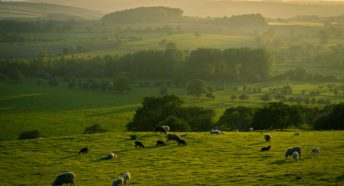Solar energy and our countryside
Across North and East Yorkshire Solar farms continue to hit the headlines, especially in local media. CPRE NEY are regularly asked for help by our Members, Parish Councils and local campaign groups in challenging a solar proposal that would be an industrial scale intrusion into the landscape. But, climate breakdown poses the biggest threat to our countryside and we need renewable energy. How can the two be reconciled?
What is solar energy and why is it relevant for the countryside?
Solar power is a key source of renewable energy that can bring us closer to net zero carbon (when we are no longer adding carbon dioxide to the atmosphere faster than it is absorbed). Solar photovoltaic (PV) panels convert the sun’s energy into electricity, which is either used locally or connected to the National Grid and taken into the national supply. The technology is now well-established and still improving as panels become more efficient and better designed.
But the bigger the area on which the sun’s rays can fall, the more energy can be produced. Therefore, large scale producers of solar energy want to cover as big an area as possible. Inevitably, they turn to green fields – particularly those in sunnier parts of the country. Depending on their location, solar farms can have an industrialising impact on the landscape. Along with loss of productive farmland, this is often why solar energy installations are opposed.
Why do we need solar energy?
Solar energy has a vital role to play in replacing the fossil fuels that currently power so much of our daily lives. By generating electricity without releasing carbon dioxide into the atmosphere, solar panels can help us reduce our contribution to global heating. It’s a way for us to limit climate breakdown and its impact on our lives and the countryside.
However, there’s no such thing as a free lunch: all energy forms have impacts. But there are two clear principles when it comes to getting to zero carbon and reducing the risk of climate breakdown. First, we must stop pumping carbon into the atmosphere. Second, we must use energy much more efficiently.
It’s clear that we need to see lots more solar energy being generated in this country, especially as fossil fuel imports have become so expensive. The real issue is where new solar panels should go.
At CPRE we believe the best answer to this question is surprisingly simple – on our roofs.
Lower bills
Having solar panels on the roofs of homes across the country would not only be a great way to reduce our reliance on fossil fuels. It could be a crucial part of the solution to the energy bills crisis that is hitting rural communities so hard. It’s been reported that having solar panels on your roof could cut the typical family electricity bill by £300 a year, or even up to £900 a year if you have electric heating.
As the cost of electricity keeps rising, the value of generating your own electricity from right on top of your home increases too. This means an approach to producing low carbon energy which focuses on rooftop solar will be a win-win for the environment – and for hard pressed communities across the country.
The evidence from other countries shows that this is not just a good idea, it’s already happening. In contrast to the UK’s approach, France has announced plans to fast track renewable energy by mandating car parks nationwide be covered by solar panels. And in 2020, 83% of newly installed solar capacity in Germany was on rooftops.
Protecting landscapes and wildlife
Rooftops are the best place for solar panels for our landscapes and wildlife, too. We have huge competing demands for the use of land in this country. We’ve got to consider new homes, growing food, space for nature, and generating the energy we all use in our daily lives. Putting solar panels on the millions of roofs across the country means that we don’t need to use as much extra land to meet our energy needs. This saves land from industrialisation, and paves the way for regenerative agriculture that will produce food and provide a much-needed home for declining wildlife species.
Finally, we wouldn’t be living up to our heritage at CPRE if we didn’t make the case that placing solar panels on urban rooftops protects the beauty of our landscapes. After all, it’s unspoiled views of green fields and rolling hills that make the English countryside so special. Whether the land outside a village or town is considered ‘high grade’ or not, the loss of green fields to metal and glass is so strongly resisted by local communities because it would transform a part of the countryside that matters intimately to them.
At CPRE, we believe that the beauty of our green spaces is at least as important as the profit-based considerations that often drive energy developers. So, if we can protect those spaces by generating our electricity on rooftops, so much the better, even if it means some businesses don’t profit quite as much.
Community empowerment
Our rooftop stance doesn’t mean that we oppose all proposals for ground mounted solar panels in the countryside. Our Community Energy Visioning projects show that rural communities are often able to propose suitable locations for solar farms when they are empowered to have their say on their scale and design. However, it’s also clear that rooftop solar offers the best opportunity for a triple win for climate, community and countryside. This is where we want to see the government put a lot more effort.








